Alzheimer’s
Introduction
Alzheimer’s disorder is a consistently advancing neurological disarray that prompts mental degradation, mental corruption, and social changes. It is the most thought to be typical justification for dementia among more settled adults, basically impacting individuals and their families. As the overall people ages, Alzheimer’s contamination presents a creating general prosperity challenge, highlighting the necessity for care, early end, and strong treatment frameworks.
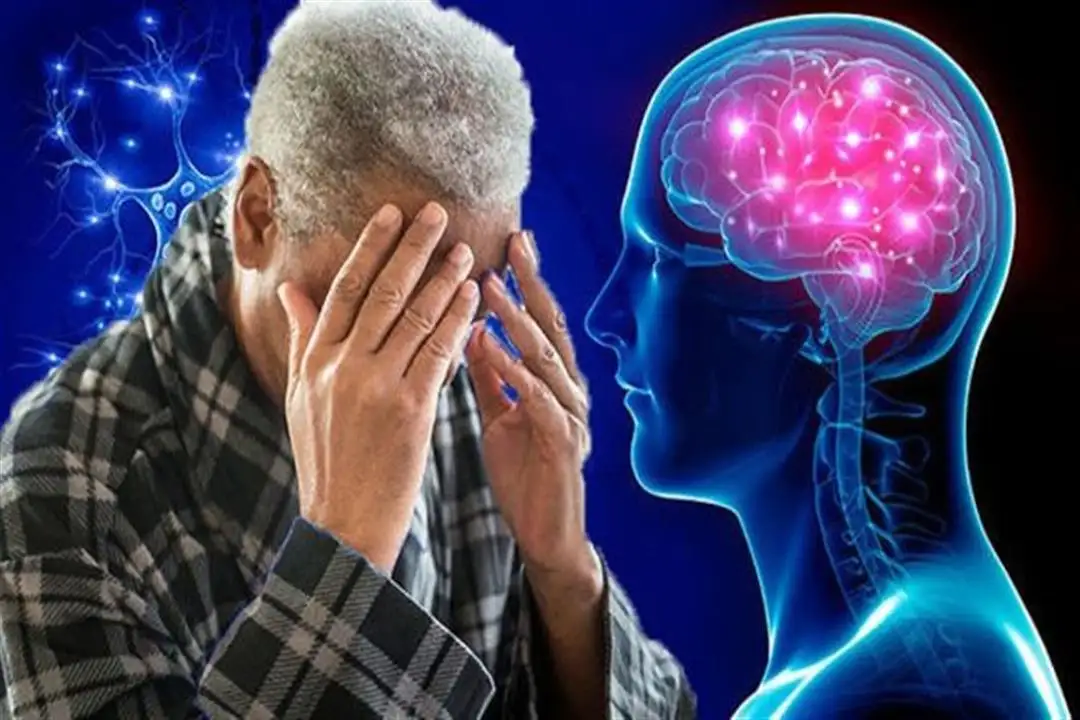
Types and Categories
Early-Onset Alzheimer’s
• Definition: Alzheimer’s that occurs in individuals more young than 65.
• Characteristics: Innate factors often expect an enormous part.
Late-Onset Alzheimer’s
• Definition: Alzheimer’s that makes after age 65.
• Characteristics: The most generally perceived structure, related with developing and genetic bet factors.
Familial Alzheimer’s Disease
• Definition: An unprecedented sort of Alzheimer’s that runs in families.
• Ascribes: Ordinarily early phase, achieved by genetic changes.
Symptoms and Signs

Early Symptoms
• Mental deterioration: Especially ignoring actually instructed information.
• Inconvenience in Decisive reasoning: Troubles in making and following plans.
• Disorder with Time or Spot: Disregarding dates and regions.
Moderate Symptoms
• Extended Mental degradation: Neglecting to recollect individual history and events.
• Demeanor and Social Changes: Extended chaos, uncertainty, agony, or anxiety.
• Wandering and Getting Lost: Extended possibility of going off track, even in regular districts.
Severe Symptoms
• Immense Mental degradation: Weakness to see family and dear associates.
• Inconvenience in Proactive errands: Hardships with walking, sitting, and in the end swallowing.
• Outrageous Person Changes: Extended dependence and need for care.
Causes and Risk Factors
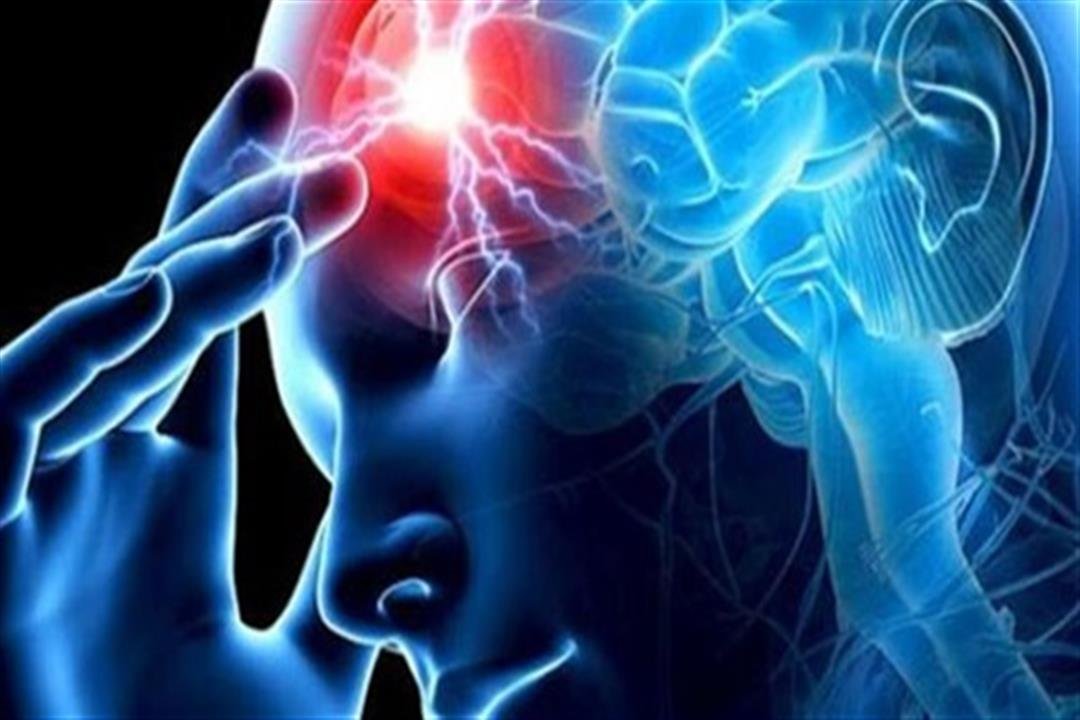
Biological Factors
• Genetic characteristics: Presence of the APOE-e4 quality extends the bet.
• Age: The bet increases basically after age 65.
• Sex: Women will undoubtedly cultivate Alzheimer’s than men.
Environmental Factors
• Head Wounds: Outrageous or repeated terrible psyche wounds increase the bet.
• Lifestyle and Heart Prosperity: Factors like smoking, hypertension, and raised cholesterol.
Lifestyle Factors
• Diet and Exercise: Not exactly heavenly eating routine and nonattendance of movement can construct the bet.
• Mental and Social Activity: Low levels of mental and social responsibility.
Diagnosis and Tests for Alzheimer’s Disease
Diagnosing Alzheimer’s sickness incorporates a thorough appraisal process, including clinical history, real tests, mental tests, and undeniable level imaging methodology. Early and exact assurance is pressing for managing the sickness, as a matter of fact and expecting future thought. Here are the organized advances and strategies used in diagnosing Alzheimer’s disease:
Initial Assessment
1.Medical History
- Patient and Family Gatherings: Get-together information about the patient’s secondary effects, clinical history, and family foundation of dementia or other neurological conditions.
- Symptom Study: Organized discussion of mental and lead changes, range, and development of aftereffects.
2.Physical and Neurological Exams
- Physical Appraisal: Checking for by and large prosperity, signs of various infections, and looking over condition.
- Neurological Evaluation: Surveying reflexes, coordination, muscle tone and strength, eye improvement, talk, and sensation.
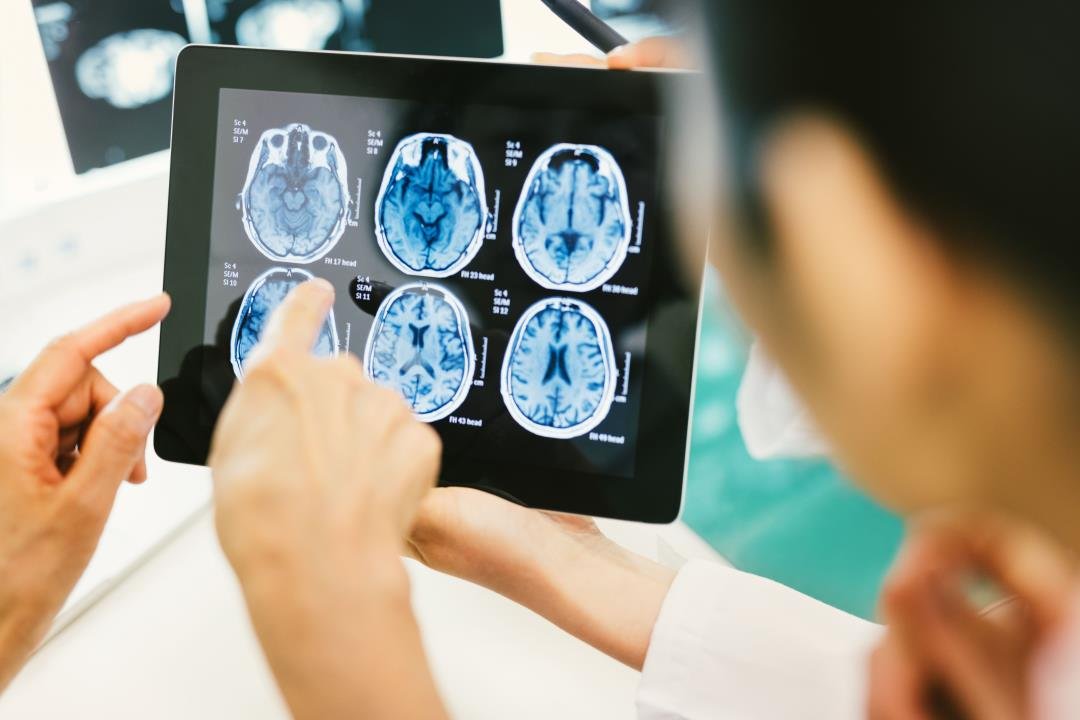
3. Mental Status Testing
- Mini-Mental State Evaluation (MMSE): A short 30-point survey commonly used to study mental capacity.
- Montreal Mental Examination (MoCA): A more point by point test that evaluates memory, thought, language, and visuospatial capacities.
- lock Drawing Test: An essential screening instrument where the patient is drawn closer to draw a clock, which studies visuospatial and boss capacity.
Advanced Diagnostic Tools
1. Brain Imaging
Magnetic Resonation Imaging (X-beam)
Reason: Gives organized pictures of frontal cortex structure, helping with perceiving mind rot, particularly in the hippocampus and various districts related with Alzheimer’s.
Use: Blocks various conditions that could cause tantamount incidental effects, similar to developments, strokes, or frontal cortex wounds.
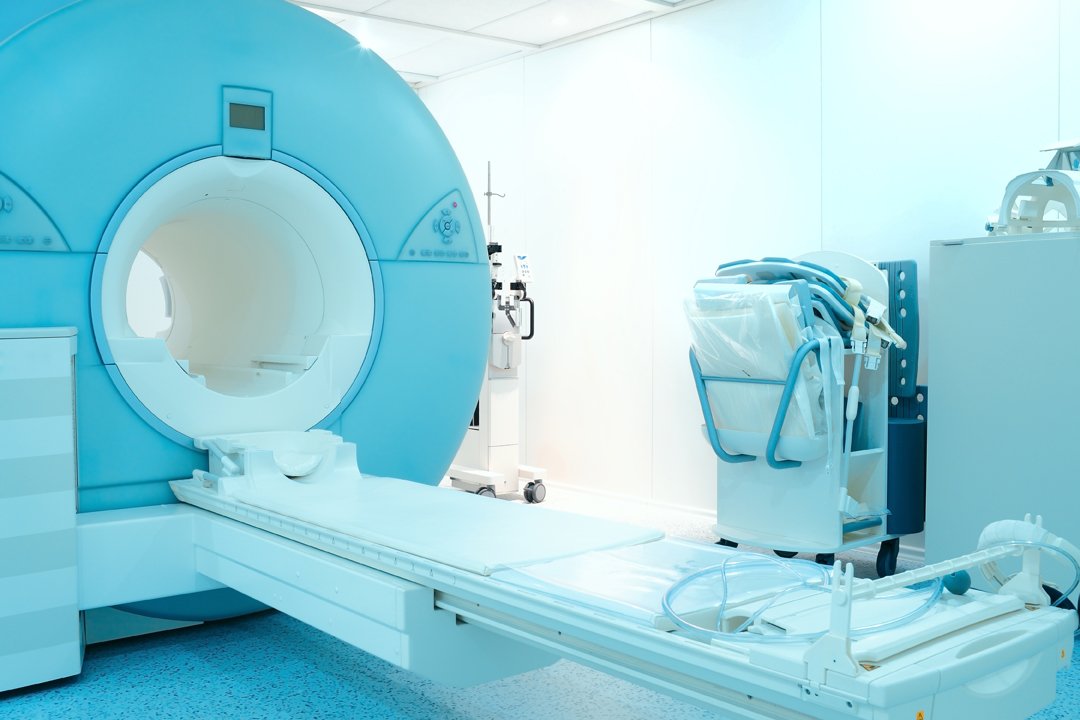
Computed Tomography (CT) Result
Reason: Produces cross-sectional photos of the psyche, accommodating for perceiving essential changes and blocking various purposes behind dementia.
Use: Every now and again used when X-beam isn’t proper as a result of patient contraindications.
Positron Transmission Tomography (PET)
Amyloid PET Imaging: Perceives amyloid plaques in the frontal cortex, an indication of Alzheimer’s disorder.
FDG-PET: Measures glucose assimilation in the brain to recognize areas of diminished activity related with Alzheimer’s.
Tau PET Imaging: Perceives tau protein tangles, another critical sign of Alzheimer’s.
2.Laboratory Tests

Blood Tests
Reason: Blocks various conditions that could cause relative aftereffects, similar to supplement needs, thyroid issues, or illnesses.
Genetic Testing: Recognizes inherited markers like the APOE-e4 allele, which constructs the bet of encouraging Alzheimer’s, particularly useful in occurrences of early phase Alzheimer’s.
Cerebrospinal Fluid (CSF) Examination
Reason: Measures levels of amyloid-beta and tau proteins in the CSF, giving biomarkers to Alzheimer’s disease.
System: A lumbar cut (spinal tap) is performed to assemble CSF for assessment.
3. Neuropsychological Testing
Comprehensive Mental Assessment
Reason: all around testing to survey different mental capacities, including memory, thought, language, decisive reasoning, and pioneer ability.
Usage: Isolates Alzheimer’s from various types of dementia and mental issues.
Functional Assessment
Activities of Everyday Living (ADL): Surveys the patient’s ability to perform everyday tasks like dressing, washing, and administering reserves.
Instrumental Activities of Everyday Living (IADL): Studies more incredible activities, including using a phone, cooking, and directing medications.
Emerging Diagnostic Methods
1. Blood Biomarkers
Purpose: Investigation is constant to cultivate blood tests that distinguish biomarkers for Alzheimer’s, as express proteins and genetic markers.
Advantages: Not such a lot of nosy but instead more open than cerebrospinal fluid assessment or PET ranges.
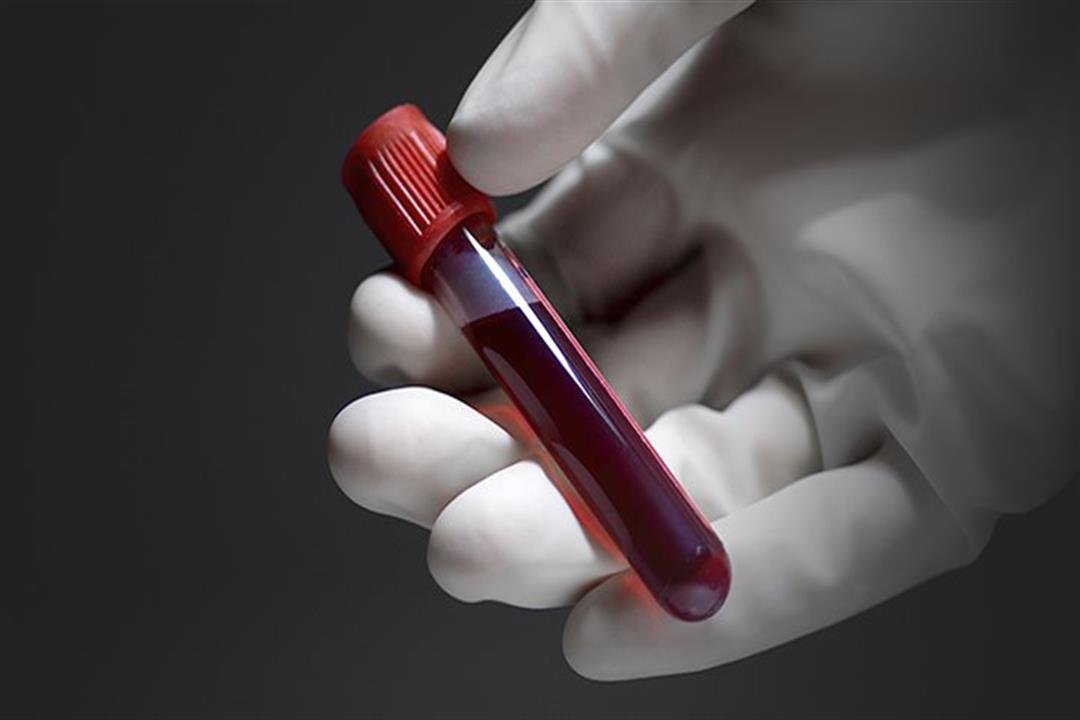
2. Artificial Understanding (PC based insight) and simulated intelligence
Purpose: Undeniable level computations analyze mind imaging data and mental test results to perceive plans normal for Alzheimer’s.
Usage: man-created insight can redesign early assurance and work on the accuracy of predicting disease development.
Treatment Options for Alzheimer’s Disease
Alzheimer’s sickness as of now has no fix, yet various medications can help with regulating incidental effects, work on private fulfillment, and slow the development of the contamination. These medications integrate drugs, medicines, and lifestyle changes. Here is an extensive blueprint of the open treatment decisions for
Alzheimer’s sickness:
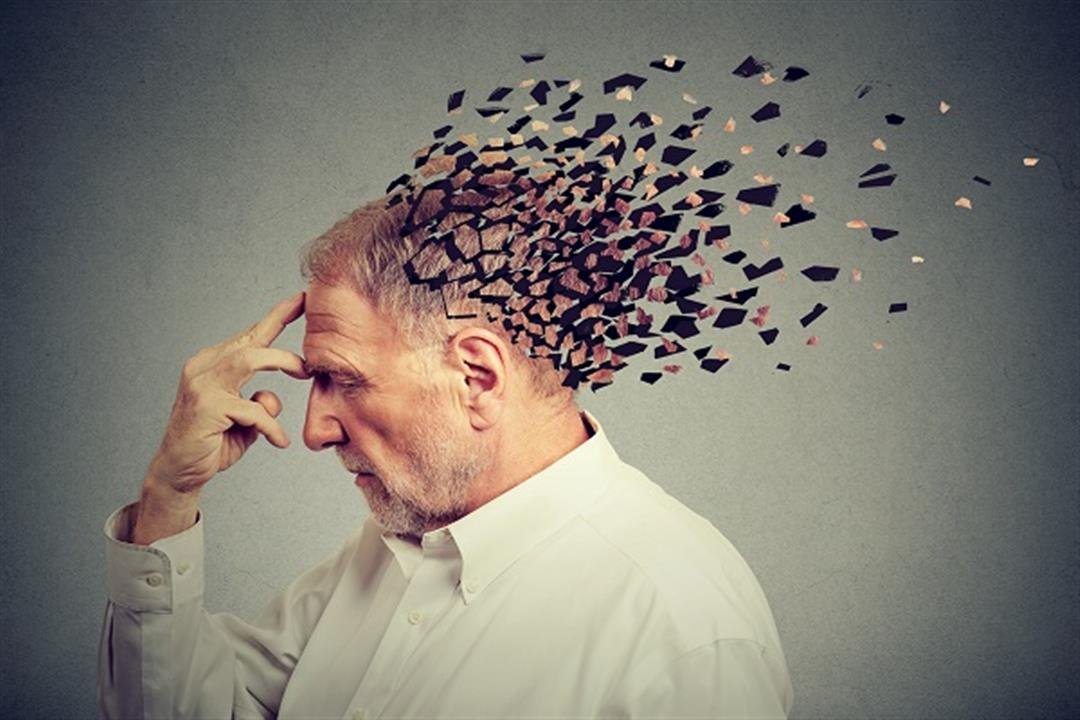
Drugs
1. Cholinesterase Inhibitors
How They Work: These prescriptions help levels of a manufactured messenger drew in with memory and judgment by preventing the breakdown of acetylcholine.
Common Remedies:
Donepezil (Aricept): Used for all periods of Alzheimer’s.
Rivastigmine (Exelon): Used for delicate to coordinate stages.
Galantamine (Razadyne): Also used for delicate to coordinate stages.
2. Memantine (Namenda)
How It Works: Deals with the activity of glutamate, another engineered drew in with frontal cortex works like learning and memory.
Usage: Consistently prescribed for moderate to outrageous periods of Alzheimer’s and can be used in blend in with cholinesterase inhibitors.
3. Combination Treatment
Namzaric: A blend of donepezil and memantine, used to get moderate serious Alzheimer’s, offering the upsides of the two solutions.
4. Other Drugs
Antidepressants: To supervise despairing and disquiet, which are typical in Alzheimer’s patients.
Antipsychotics: now and again used to treat outrageous social issues, but they are used watchfully in light of anticipated auxiliary impacts.
Medicines
1. Cognitive Energy Treatment (CST)
Description: Attracts patients in bundle activities and exercises planned to deal with mental capacities and social correspondences.
Benefits: Stays aware of intellectual abilities and concede aftereffect development.
2. Behavioral Treatment
Description: Spotlights on recognizing and having a tendency to direct changes and giving strategy for real life adaptations.
Techniques: Consolidate coordinated plans, laying out a tranquil environment, and using updates or memory makes a difference.

3. Occupational Treatment
Description: Helps patients with staying aware of opportunity in regular activities and acclimate to their ongoing situation.
Goals: Further foster security, manage incidental effects, and stay aware of pragmatic limits.
4. Reminiscence Treatment
Description: Urges patients to examine past experiences and memories.
Benefits: Overhauls outlook, correspondence, and certainty.
Lifestyle Changes
1. Dietary Changes
Heart-Strong Eating routine: Taking on consumes less calories like the Mediterranean or Run diet that are well off in regular items, vegetables, whole grains, fish, and sound fats.
Hydration: Ensuring adequate fluid admission to stay aware of in everyday prosperity.
2. Physical Action
Aerobic Exercise: Standard activities like walking, swimming, or cycling to chip away at cardiovascular prosperity and frontal cortex ability.
Strength Planning: Exercises to stay aware of mass and as a rule prosperity.
Flexibility and Harmony: Activities like yoga or kendo to lessen the bet of falls and further foster flexibility.
3. Mental Responsibility
Cognitive Activities: Taking part in practices that challenge the brain, similar to enigmas, games, scrutinizing, and procuring new capacities.
Social Participation: Remaining socially unique through neighborhood, clubs, or standard joint efforts with friends and family.
Choice and Corresponding Drugs
1. Herbal Improvements
Ginkgo Biloba: Some acknowledge it could chip away at mental ability, but verification is mixed.
Curcumin: Found in turmeric, has quieting and malignant growth avoidance specialist properties that could be useful to frontal cortex prosperity.

2. Mind-Body Practices
Meditation and Care: Practices that can help with diminishing strain and work on by and large.
Aromatherapy: Using restorative oils like lavender or rosemary to conceivably additionally foster perspective and mental capacity.
3. Music and Workmanship Treatment
Music Treatment: Attracting with music to additionally foster outlook, diminish unsettling influence, and work on mental ability.
Art Treatment: Imaginative activities that give an outlet to explanation and may deal with mental health and individual fulfillment.
Preventive Measures for Alzheimer’s Disease
Alzheimer’s sickness, while not especially preventable, can have its bet factors essentially diminished through various lifestyle choices and prosperity practices. The following are a couple of key preventive gauges that can help with cutting down the bet of cultivating Alzheimer’s sickness:
Sound Lifestyle Choices
1. Balanced Eating schedule
Mediterranean Diet: Stresses natural items, vegetables, whole grains, fish, and strong fats like olive oil. This diet is associated with all the almost certain frontal cortex prosperity and lessened risk of mental debasement.
Antioxidant-Rich Food sources: Berries, nuts, and blended greens are well off in disease counteraction specialists that help with protecting neural connections from hurt.
Low Splashed Fats and Sugars: Limiting drenched fats and refined sugars can lessen the bet of vascular issues that add to Alzheimer’s.2. Regular Movement
Aerobic Exercise: Activities like walking, swimming, and cycling work on cardiovascular prosperity and circulation system to the frontal cortex.
Strength Planning: Lifting burdens or resistance rehearses help with staying aware of mass and all things considered prosperity.
Consistency: Pull out all the stops 150 minutes of moderate movement every week.
3. Mental Inclination
Cognitive Activities: Partake in practices that challenge the frontal cortex, similar to puzzles, examining, and getting new capacities.
Lifelong Learning: Determined tutoring and learning can help with staying aware of mental capacities.
Social Responsibility: Remain socially powerful through neighborhood, clubs, and staying aware of associations.

Noticing and Supervising Prosperity
1. Regular Check-ups
Medical Evaluations: Standard visits to the expert to screen heartbeat, cholesterol, and glucose levels.
Early Intervention: Watching out for any clinical issues early can thwart troubles that add to mental disintegration.
2. Stress The board
Relaxation Strategies: Practices like examination, yoga, and significant breathing exercises can help with regulating pressure.
Hobbies and Interests: Partaking in lovely activities can decrease strain and work on in everyday thriving.
3. Healthy Rest
Adequate Rest: Pull out all the stops significant length of significant worth rest each night. Lamentable rest can provoke mental issues.
Sleep Tidiness: Keep a standard rest plan, lay out a peaceful environment, and avoid caffeine or equipment before bed.
Reducing Risk Factors
1. Smoking Suspension
Quit Smoking: Smoking is an immense bet factor for vascular contaminations, which can incite Alzheimer’s. Halting smoking deals with for the most part prosperity and reduces risk.

2. Moderate Alcohol Usage
Limit Alcohol: Absurd alcohol usage can hurt the frontal cortex and addition the bet of mental weakening. Stick beyond what many would consider possible.
3. Manage Consistent Conditions
Diabetes The board: Checking glucose levels can diminish the bet of mental corruption.Hypertension and Cholesterol: Directing heartbeat and cholesterol levels stays aware of incredible vascular prosperity, which is fundamental for mind ability.
Individual Stories or Logical examinations
Logical examination 1: Early Investigation and The board
A 65-year-old individual saw growing thoughtlessness and inconvenience in directing everyday endeavors.
After an extensive evaluation, not entirely set in stone to have starting stage Alzheimer’s. Through a mix of medications, mental medicines, and lifestyle changes, she had the choice to save a nice individual fulfillment and opportunity for a seriously significant time-frame.
Logical examination 2: Support for Parental figures
A man in his late not entirely settled to have moderate Alzheimer’s. His family participated in gatekeeper support programs and got getting ready to manage his aftereffects as a matter of fact. This help lessened gatekeeper stress and dealt with the patient’s overall thriving.
Expert Insights
Neurologist Perspectives
Dr. Lisa Wong, a sensory system trained professional, highlights the meaning of early recognizable proof:
“Early assurance thinks about better readiness and the leaders, perhaps moving back the development of Alzheimer’s contamination.”
Caregiver Advice
John Doe, a specialist watchman, prompts, “Furnishing care for someone with Alzheimer’s requires resistance and compassion. Utilizing support organizations can have an immense impact in directing ordinary hardships.”

Conclusion
Summary of Key Points
Alzheimer’s contamination is a powerful condition impacting memory and mental capacity, with various sorts and stages. Early assurance, strong treatment, and lifestyle adjustments can help with managing the disease and work on private fulfillment.
Importance of Research and Support
Advancing examination is essential for getting a handle on Alzheimer’s sickness and developing new prescriptions. Support for patients and parental figures is crucial in managing the challenges introduced by this condition.
FAQs
What is Alzheimer’s disorder?
Alzheimer’s sickness is a powerful neurological issue that causes mental degradation, mental corruption, and direct changes.
What are the early results of Alzheimer’s disease?
Early aftereffects consolidate mental deterioration, inconvenience decisive reasoning, and disorder with time or spot.
Could Alzheimer’s contamination be prevented?
While it can’t be completely prevented, a strong lifestyle can help with decreasing bet factors.
What are the therapy decisions for Alzheimer’s disorder?
Treatment decisions consolidate drugs like cholinesterase inhibitors and memantine, as well as mental and direct medicines.
What is the meaning of early examination in Alzheimer’s ailment?
Early end thinks about better organization and orchestrating, conceivably moving back the development of the disease.
Note:-
The information provided on this blog regarding medicnn price and side effects is solely based on data collected from public domains. I am not a doctor or a medical professional. While i strive to provide accurate and up to date information, I cannot guarantee the absolute accuracy or completeness of the data. It is always recommended to consultee with a qualified healthcare professional or doctor for personalized medical advice and information. the content on this blog should not be considered a substitute for professional provided at their own discretion and risk. I do not assume any responsibility for any consequences arising from the use of the information on this blog.
